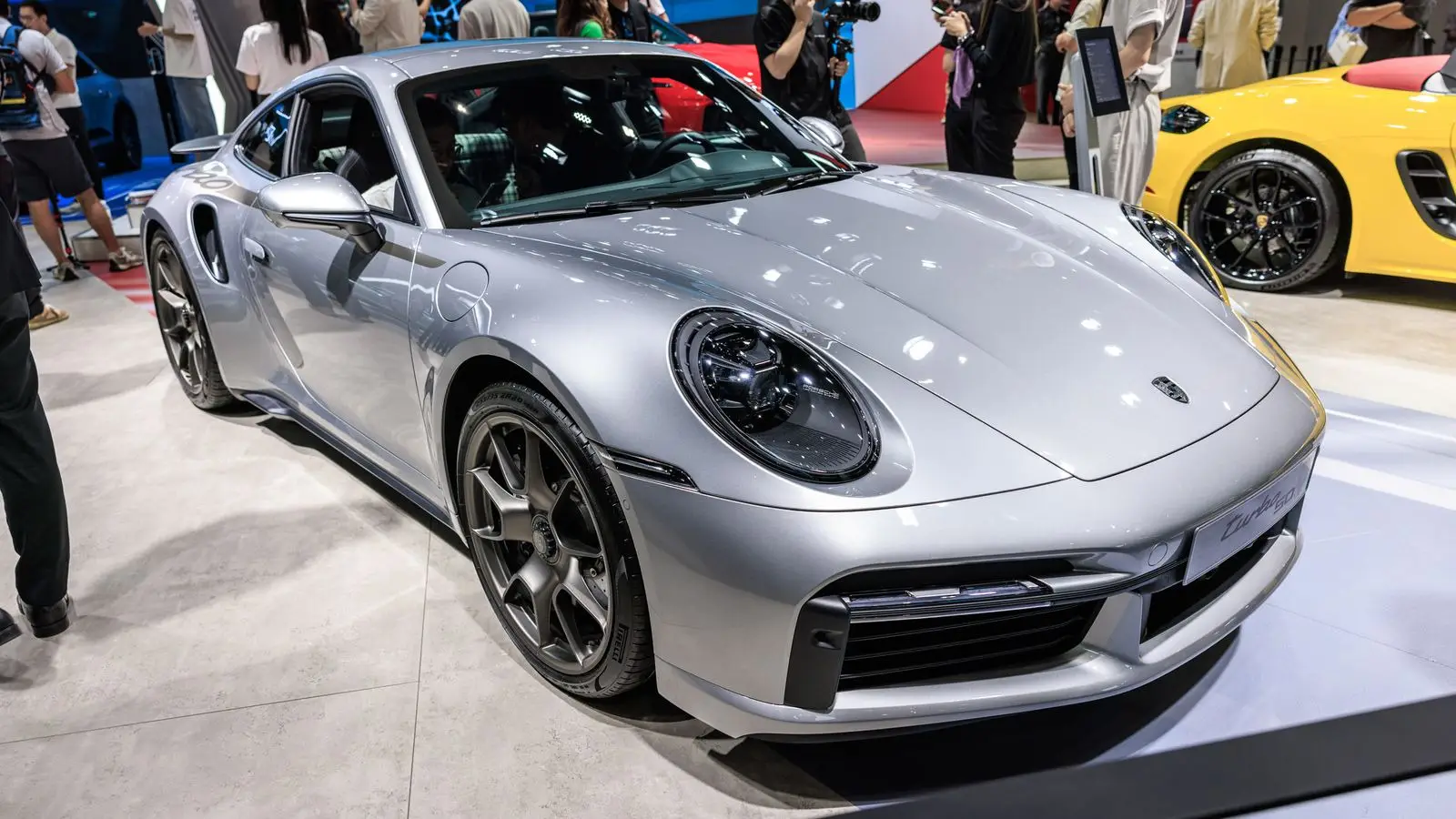News
Car Prices in 2025: Slower Growth, but Affordability Issues Persist

New car prices in the U.S. have stabilized, but affordability remains a major concern. Kelley Blue Book reports average prices and incentives. Learn more about market trends and challenges.
The U.S. auto market, which has seen relentless price hikes in recent years, is finally showing signs of stabilization. However, this doesn’t mean cars are becoming any more affordable—prices remain at historic highs, and budget-friendly options are vanishing.
According to Kelley Blue Book, the average price of a new vehicle in February 2025 was $48,039—just a 1% increase from last year, but down 1.3% from January. While the rapid price hikes of previous years have slowed, vehicle costs remain significantly higher than they were pre-pandemic.
One key factor holding back further price increases is the rise in incentives. Automakers offered average discounts of 7.1% off sticker prices, amounting to $3,392 per vehicle. EVs saw even steeper incentives, with discounts averaging 14.8% ($8,162). However, despite these discounts, EV prices still rose by 3.7% year-over-year, reaching an average of $55,273.
Affordable vehicles are disappearing from the market. The Mitsubishi Mirage, the last new car in the U.S. priced under $20,000, is being discontinued. This leaves budget-conscious buyers with fewer options. Even the used car market offers little relief, as prices remain high due to the limited supply of affordable models from previous years.
Meanwhile, the luxury market is booming. Sales of vehicles priced above $100,000 continue to rise, reflecting the widening gap between mainstream and high-end segments. More than 52,000 such vehicles were sold in the first two months of 2025, up 6,000 units from the same period last year.
Not all automakers are following the general trend of rising prices. Stellantis has been lowering prices on its models, with Jeep’s average transaction price dropping by 11% and Ram’s by 7%. These reductions may be a strategic move to remain competitive in an increasingly price-sensitive market.
High interest rates are another challenge for buyers. Since 2020, the average price of a new car has risen by 25%, while sales have dropped by 9%. Auto loans are more expensive, and leasing has lost its appeal due to higher interest rates and lower residual values.
Looking ahead, there’s little indication that prices will drop significantly. Even with slowing price increases, the cost of new vehicles remains high due to production expenses, advanced technology costs, and strong demand for luxury models. For consumers, finding a good deal may require taking advantage of manufacturer incentives, subsidized lease programs, or exploring certified pre-owned options.
2025, Mar 17 07:23


